
Building a Tender Box: A Renewal of Cultural Burning
Cultural burns are central to the restoration and protection of our shared land and waterscapes. The Native-led Traditional Ecological Inquiry Program (TEIP) rebuilds our relationships with each other, the land, and fire by amplifying Indigenous voices and traditional ecological knowledge in environmental education and stewardship.
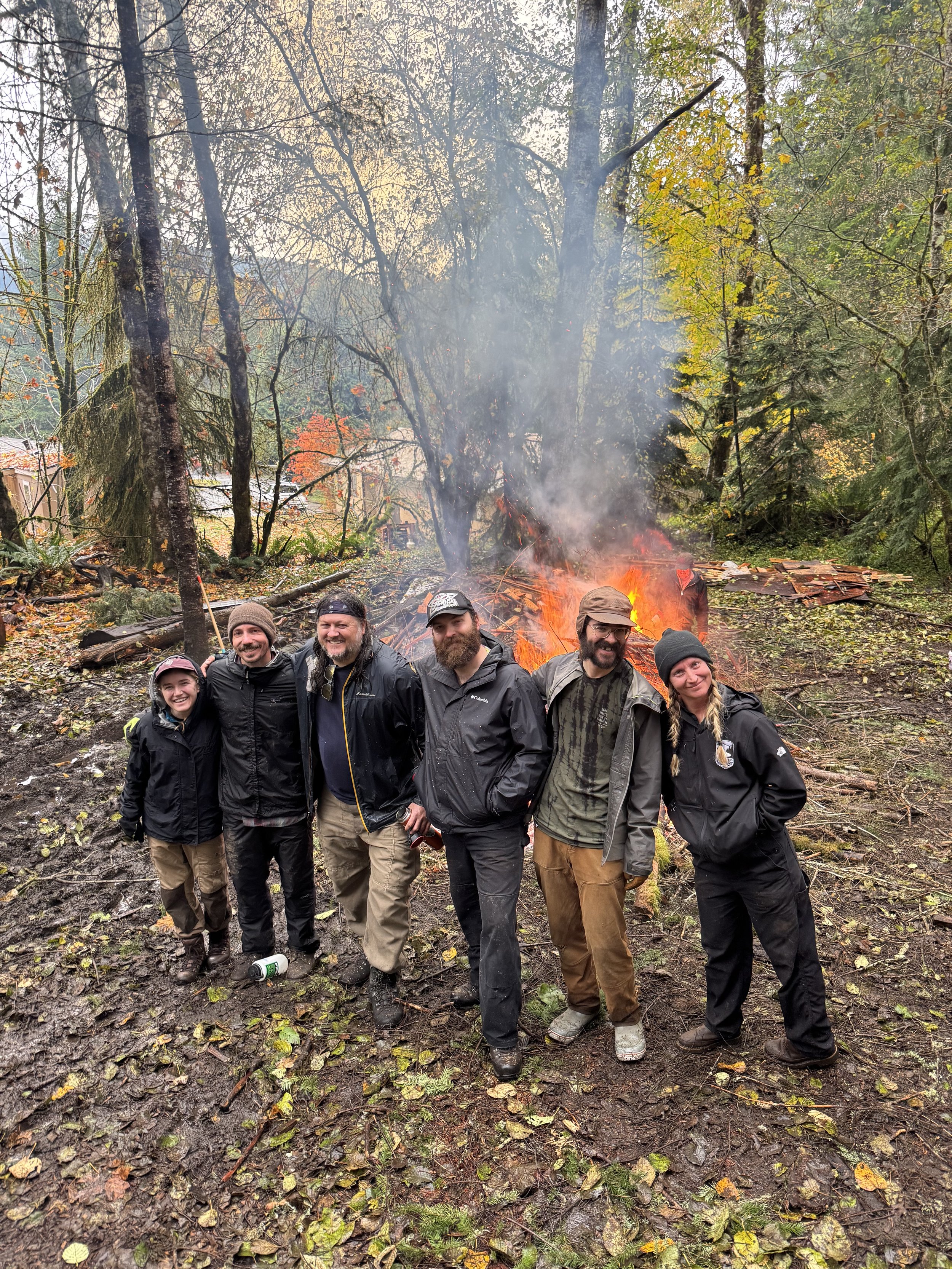
A Powerful Week of Healing at the November Wellness Retreat
I am honored to share a glimpse into the profound experience that unfolded at our recent Firefighter Wellness Retreat at Wellspring Spa and Retreat in Ashford, Washington. This gathering brought together 21 wildland firefighters from across the West, from Washington to Alaska, Oregon to Colorado, including smokejumpers, hotshots, early-career firefighters, and others nearing retirement.

The “No Man’s Yellow” Fire Shirt Project
FUSEE had the pleasure of displaying non-toxic firefighter uniforms (“yellows”) at our 2025 Fall Fire Festival. Sasha White, the creator of “No Man’s Yellow,” uses silk noil fabric and natural dyes, focusing on a fit that works better for female bodies as opposed to standard issued Nomex that has been found to contain PFAS and caters to male bodies.
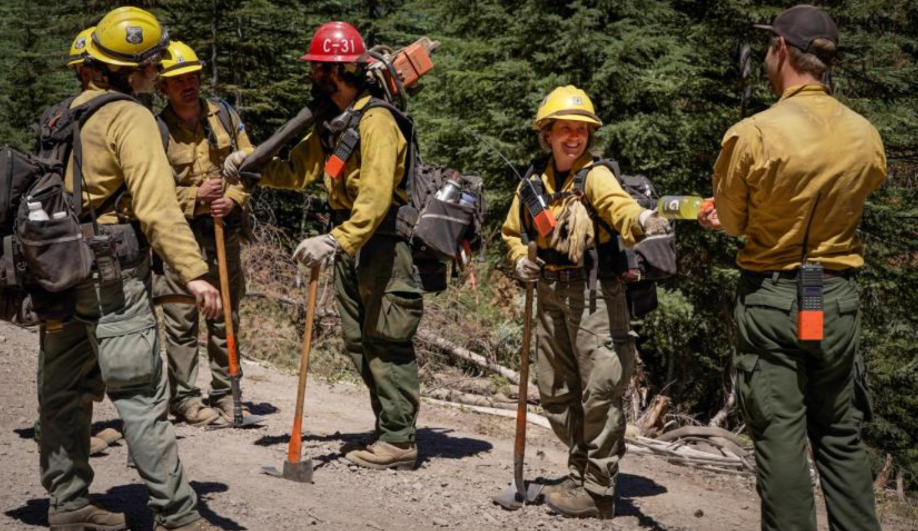
Fire Consolidation as Creative Destruction? Trump's Proposed U.S. Wildland Fire Service
Secretarial Orders from the DOI and USDA were released on September 15th announcing steps they will take to implement Trump's Executive Order #14308 that mandated consolidation of all federal fire management programs. Issued last June, Trump demanded that this radical restructuring of federal fire programs be accomplished within 90 days--essentially, during peak wildfire season in the west!

Samson’s Bet
Incendiary Imbeciles #9
Hazing can be a heuristic teaching method for beginning wildland firefighters. If inclusive and genteel, hazing helps shrink hubris, arrogance, and exaggerated self-confidence. New and unexpected dangers lurk on any wildfire. Best to keep that sense of humbleness handy. But sometimes that humility must be kicked into the head of the hazer.

Political Maneuvering in Federal Land Management: Analyzing the USDA's July 2025 Reorganization
Introduction
The USDA's July 25th memorandum ordering a comprehensive reorganization of the $203 billion agency raises serious questions about the true motivations behind this restructuring. While framed in terms of efficiency and customer service, the proposed changes appear to represent a strategic power shift that could undermine effective federal land management and scientific forestry practices.
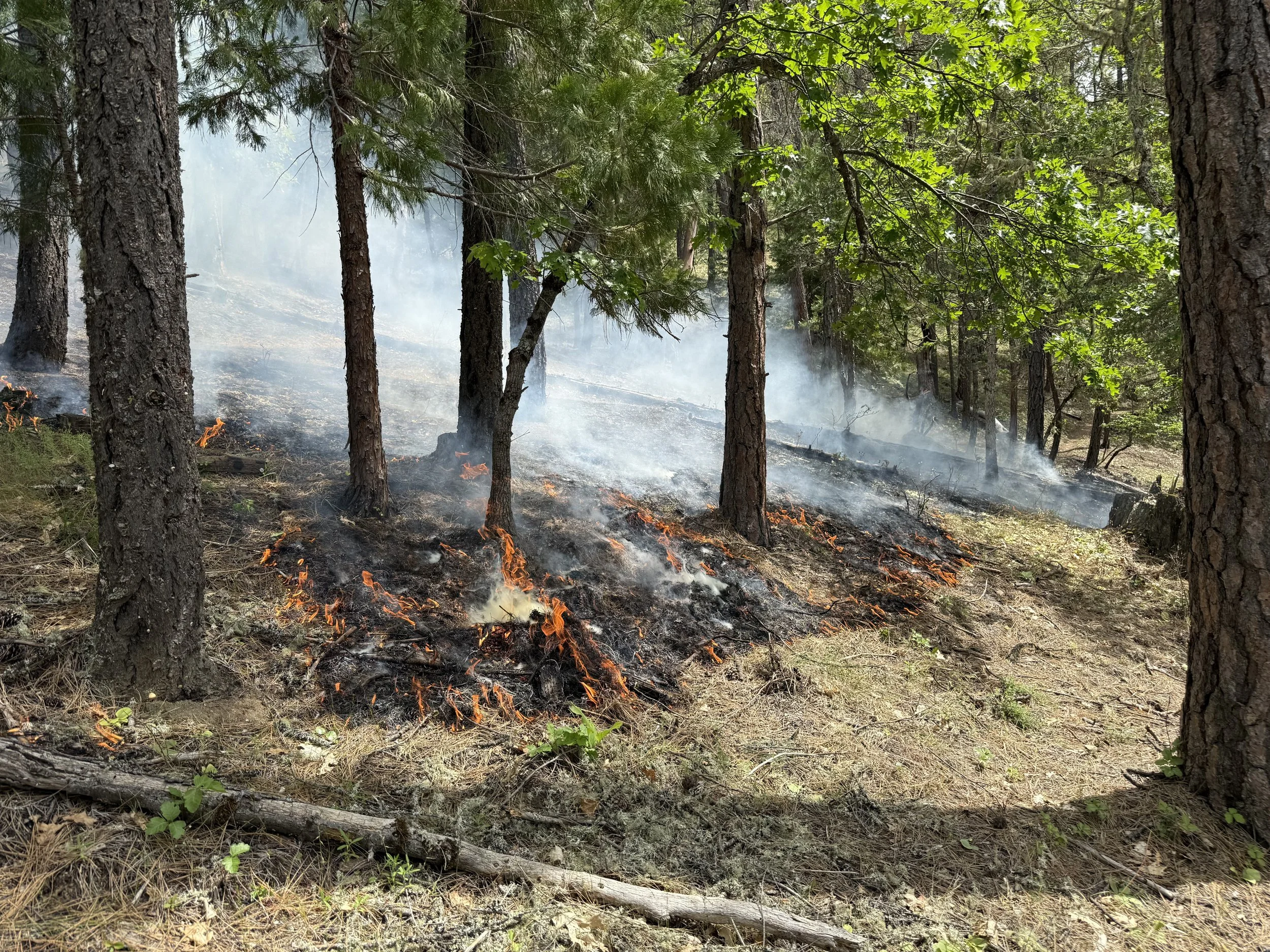
Prescription for Safety
Prescription for Safety (P4S) is a community led group located in the Little Applegate in Southern Oregon, focused on implementing fuels treatments along critical evacuation routes in the area.
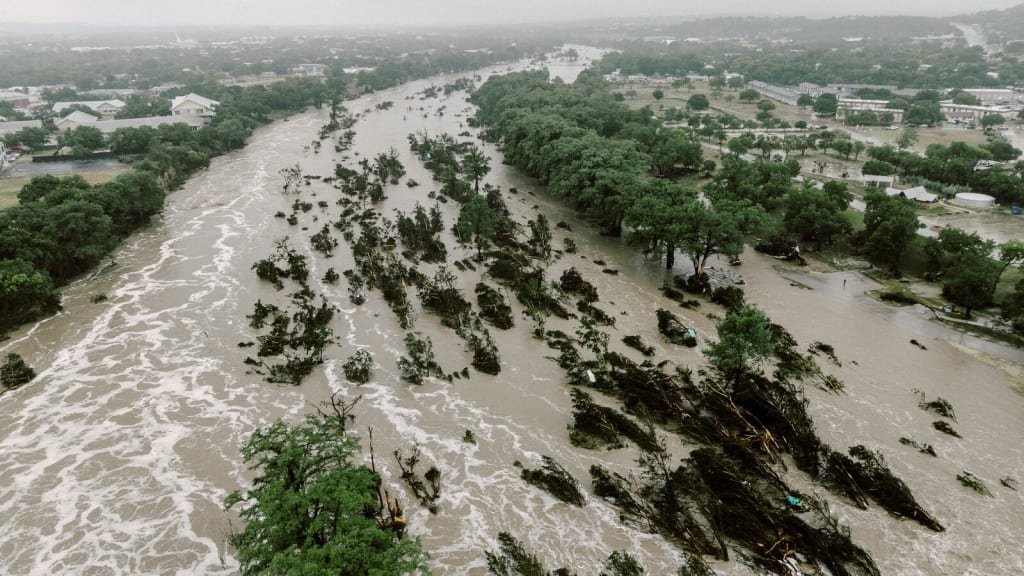
The Silence Before the Storm: How Budget Cuts and Denial Are Killing Americans
The death toll from the flooding in Kerr county has risen to 43, including 15 children, the sheriff Larry Leitha said at a briefing. As of 5.30pm on July 5th, he added, officials were still working to identify 12 of the recovered adults and five of the children.
Dalton Rice, the Kerrville city manager, said that 27 girls from Camp Mystic, a Christian summer camp along the Guadalupe River, are still missing. Other people who were in the area but not at the camp could also be missing, Rice added.

Tragedy in Idaho: Firefighters Ambushed While Responding to Wildfire
A wildfire response in northern Idaho turned into a deadly ambush on Sunday, as firefighters arriving on scene were met with sniper fire from a concealed gunman. Two firefighters are confirmed dead, and a third remains in critical condition following what officials are calling a premeditated attack on public safety personnel.

Fire and the Emergent Worship of Artificial Intelligence.
I believe this is more than a policy debate. It is a spiritual conflict about the role of humanity in nature. One side envisions a world sanitized of risk and irregularity — a world governed by remote sensing, machine learning, and automated suppression. The other side honors fire as a regenerative life force. As an ecological fire practitioner and educator, I know which side I stand on.

Locked Jet Streams, Fire Tornadoes, and the Politics of Wildfire
“An increase in resonant planetary wave events, which favor persistent summer weather extremes, is evident since the mid-twentieth century, with an increase from roughly 1 to 3 events per summer on average.”
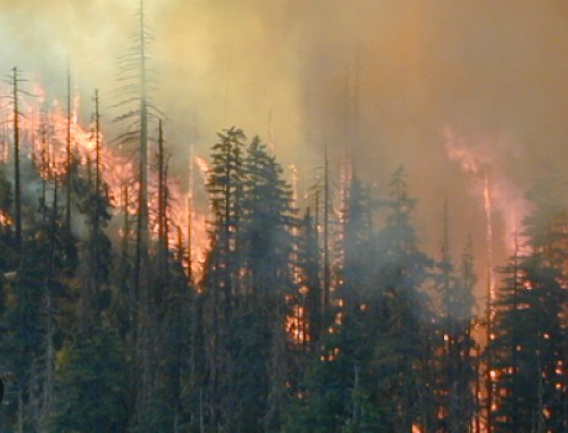
Savage Creek
Incendiary Imbeciles #8
Global warming came for us at Savage Creek in 1984.
When we arrived early in the morning, the wildfire wasn’t yet a big problem. But it had settled strange. And maybe a bit ominous. During the night, it scattershot embers, spawning minefields of little smoking spot fires.

Whither the Incident Management Teams
These aren’t just administrative losses. They are operational amputations. The DOGE cuts have gutted the experienced core of IMTs—particularly in critical roles like operations, logistics, planning, air attack, and finance. Some teams are now scrambling to replace long-standing members with temporary fill-ins, often from state and local agencies already overcommitted.

Hollowed Out
In the wake of the Department of Government Efficiency (DOGE) initiatives, led by Elon Musk, significant staffing reductions have occurred across federal agencies responsible for wildfire management. Chaotic firings of probationary employees, and others, followed quickly by re-hirings, were experienced in all the Federal land management agencies. This, all the while official government inboxes filled with official Reduction in Force (RIF) messages alongside weird loyalty pledges and whimsical demands of a ketamine addict. These cuts have strained resources and fueled uncertainty over job security, raising concerns about the readiness and effectiveness of wildfire response teams.
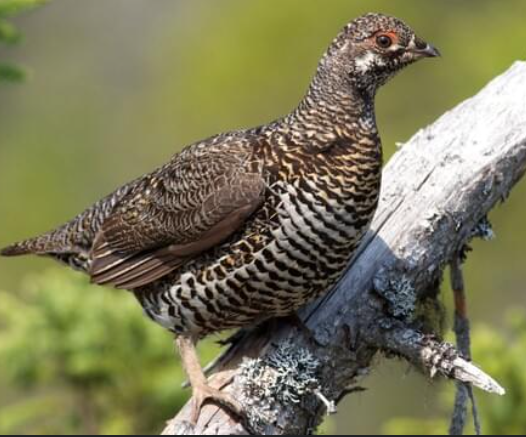
Fly with Eagles
Incendiary Imbeciles #7
“Pride comes before the fall.” Hubris can be something that some wildland fire workers have opportunities to experience every day and yet some will never learn.
Fly with eagles, fall like a Fool Hen.
We thought we were miss-spotted, doomed to tree-up. Treeing-up can be very humiliating. It invites chortles of disapproval from your buddies and bequeaths a reputation of being a “tree frog.” First, there will be an announcement from the spotter on the plane over the radio for the whole world to know.

Rodeo Clowns
Incendiary Imbeciles #6
Wildland fire workers stay united even when sometimes safety-challenged on the fireline, or at times ecologically-challenged following orders, and occasionally ethically-challenged after work.

Planning Smokey Bear’s Retirement
Animal mascots are effective for engaging information with children. Animal mascots are relatable to children and are engaging to a child's imagination and creativity, and helps to draw their attention to playful characters that can emphasize the retention of learning the material being presented.

National Parks Need More Employees, not Less
Politicians who want to conceal their actions often do things on Friday afternoon to avoid the attention of the media. Last Friday, the Trump regime fired hundreds of people in agencies that protect our environment. The Environmental Protection Agency, the US Fish and Wildlife Service, the US Forest Service and the National Park Service all saw staff fired.

Leather Hinges
Incendiary Imbeciles #5
Blow-up conditions, fire-freed rocks blasting downhill, and stealthy snags falling without warning remain dangerous on all fires and keep ethical wildland firefighters vigilant for safety. But the privilege of being there often allows intimate observation of rudimentary ecosystem change.
Grizzly Bear territory in the past, no doubt. Will it become Grizzly territory again? Right now in this area, young subalpine fir and a lot of lodgepole pine seem to be crowding out the white bark pine that Grizzlies favor as food sources.

The Helpers
We are the helpers, the healers, the hands, Racing through fire and drought-shattered lands.
We rush to the breach, through smoke and flame, To burn where needed to mend the earth’s pain.
Others feed the hungry, and mend the weak, Showing no fear when the sirens speak.
